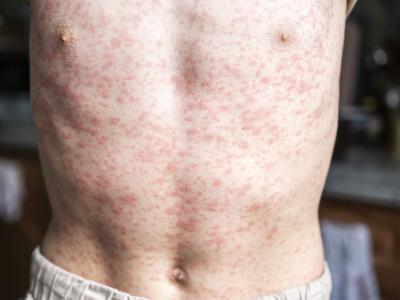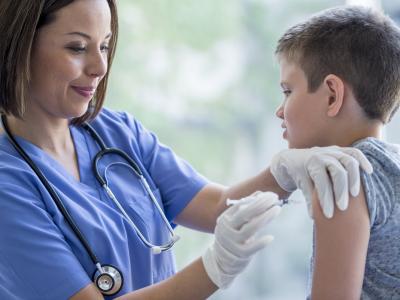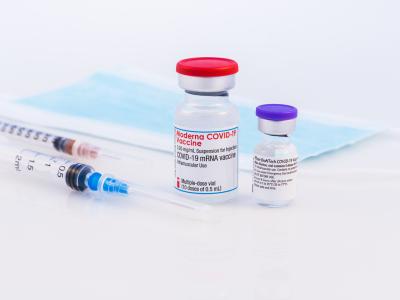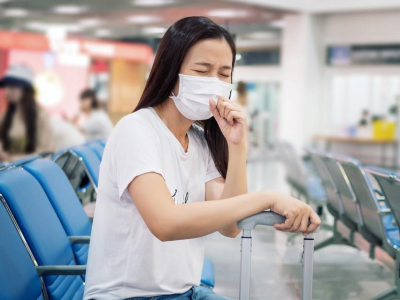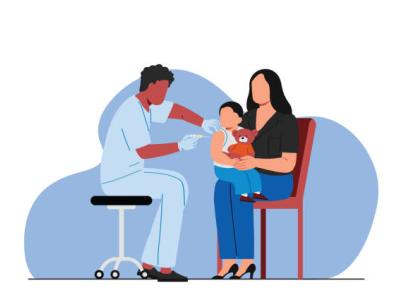Citing good trial results, Sanofi to seek approval for dengue vaccine
Sanofi Pasteur announced yesterday it will seek approval of its dengue virus vaccine in a number of dengue-plagued countries, following completion of a large phase 3 trial that showed overall vaccine efficacy of about 61%.
The results of the trial, involving close to 21,000 children in Brazil, Colombia, Mexico, Honduras, and Puerto Rico, were published yesterday by the New England Journal of Medicine. It was the second and larger of two phase 3 trials the company has conducted. Sanofi's vaccine is the furthest developed of several experimental dengue vaccines.
In the blinded trial, children between ages 9 and 16 were assigned in a 2-to-1 ratio to receive three doses of Sanofi's tetravalent (four-strain) dengue vaccine or a placebo at 0, 6, and 12 months. The vaccine is a recombinant, live attenuated formulation. The children were followed for 25 months.
The trial included 20,869 children. The investigators confirmed 176 dengue infections in the vaccine group and 221 cases in the control group, for an overall efficacy of 60.8% (95% confidence interval [CI], 52.0% to 68.0%).
There were 12 severe dengue cases, of which 1 was in the vaccine group. That signaled a vaccine efficacy of 95.5% (95% CI, 68.8%-99.9%) against severe disease in those who received at least one dose, according to the report. Vaccine efficacy against hospitalization for dengue was calculated at 80.3% (95% CI, 64.7% to 89.5%).
Vaccine efficacy against the four dengue virus serotypes ranged from 42.3% (type 2) to 77.7% (type 4), the report says.
Oliver Charmeil, Sanofi Pasteur's CEO and president, said in a press release, "We plan to submit the vaccine for licensure in 2015 in endemic countries where dengue is a public health priority. We are committed to supporting countries' ambitions to significantly impact the human and economic burden of dengue through comprehensive vaccination programs."
The results of Sanofi's other phase 3 trial were reported in July. In that study, involving 10,275 children in Southeast Asia, the vaccine was found to have an overall efficacy of 56.5%.
Nov 3 N Engl J Med abstract
Related Sep 3 CIDRAP News item
Jul 11 CIDRAP News item about Asian trial
Saudi Arabia reports 2 new MERS cases and 3 recoveries
Saudi Arabia's Ministry of Health (MOH) confirmed two new MERS-CoV cases today in Riyadh, as well as three recoveries in previously reported case-patients.
The new cases occurred in a 31-year-old woman and 33-year-old man. The MOH reports that both patients are hospitalized in a general ward.
Neither patient is a healthcare worker (HCW), had preexisting disease, or had contact with animals. The MOH is investigating whether they had contact with suspected or confirmed MERS-CoV (Middle East syndrome coronavirus) cases in clinical or community settings.
The MOH also reported recoveries in three previously reported MERS-CoV case-patients: a 38-year-old male HCW from Taif, a 42-year-old female HCW from Riyadh, and a 17-year-old boy from Riyadh. All had preexisting disease.
The new MOH report pushes the Saudi MERS-CoV case count to 793 total cases (15 active) and 440 recoveries. Of the 793 cases, 338 have proved fatal.
Nov 4 Saudi MOH update
Nov 3 CIDRAP News story on recent WHO confirmations in Saudi Arabia and Qatar
In related news, the Saudi MOH today updated its MERS infection-control procedures.
"It is critical that all healthcare workers and facilities, public and private, follow these updated protocols," said Dr. Anees Sindi, deputy commander of the MOH's Command & Control Center, in an MOH press release. "With more than 70 percent of recent MERS-CoV cases resulting from secondary infections, mainly acquired in the hospital, we have recognized the need to implement stricter infection-control measures across the health system.
"Sporadic cases of the disease, which are thought to be caused by unprotected contact with camels, are likely to happen," Sindi added. "Secondary infections, however, should be preventable."
The protocols include ensuring hospital workers are familiar with the latest MERS-CoV case definition, using appropriate protective equipment, and calling a hotline to report cases and receive guidance. The MOH also noted that it has created 17 regional MERS specialist hospitals across the country to combat the outbreak.
Nov 4 MOH press release
